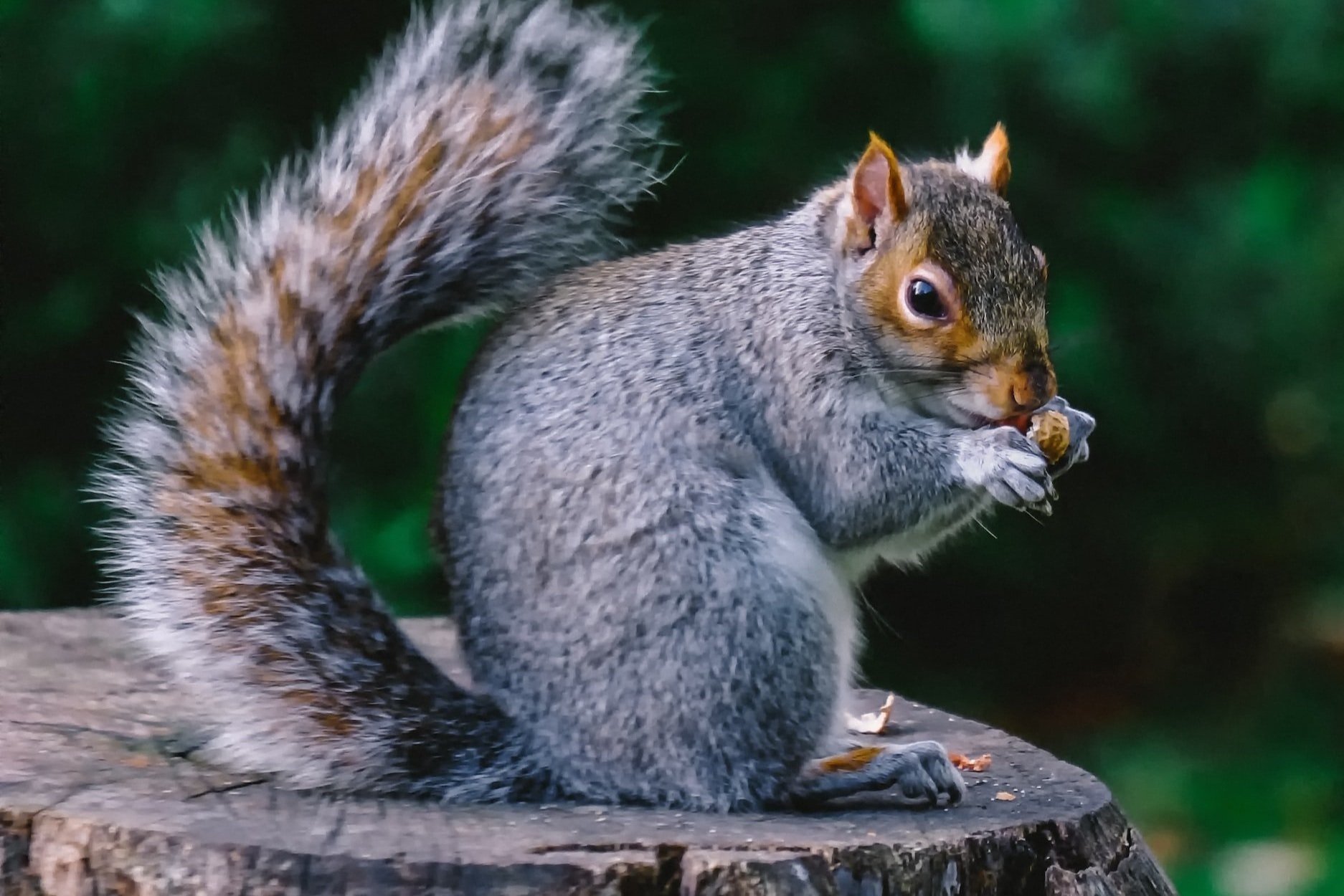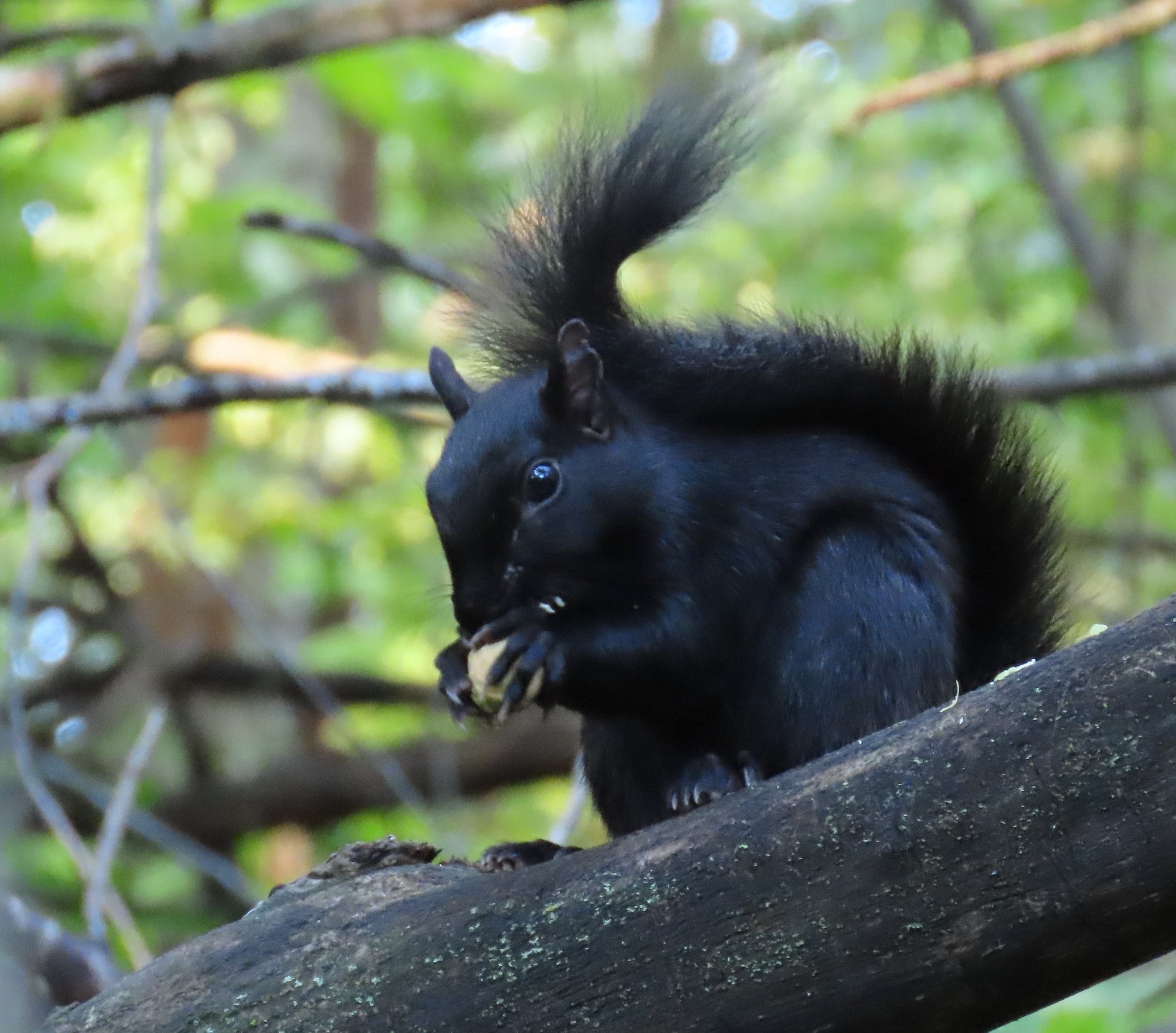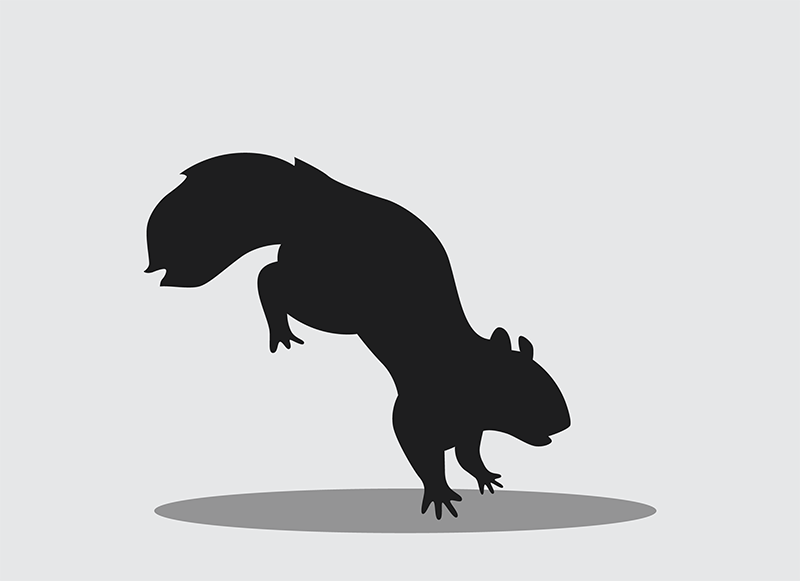WHY THIS WORK MATTERS
the world IS EVOLVING.
Biodiversity is declining globally, and also evolving rapidly. SquirrelMapper is a citizen science project that connects people to the wildlife around them and the changes it is undergoing.
Because the world is evolving — right in your backyard!

get involved
By engaging with the SquirrelMapper project you can contribute to an important scientific discovery about evolution in action in our own backyards. Here are five ways that ANYONE can participate in the SquirrelMapper project:
Contribute squirrel observations
on iNaturalist
Over 250,000 photographs of squirrels have been submitted so far. When you submit an observation, the community of citizen scientists at iNaturalist confirms its identification. Once an observation is confirmed to be an eastern gray squirrel (a research grade observation), we import your photo to our project site at Zooniverse for you to classify by its coat color.
Classify squirrel coat color
at the SquirrelMapper project on Zooniverse
The coat color of each squirrel is confirmed through classifications by at least 10 SquirrelMapper volunteers at Zooniverse. Once the color of a squirrel is classified, we map it, identify its habitat, and determine which morph occurs more often where. Over 1 million classifications have been made. These lets us understand how quickly squirrels, and mammals like them, can adapt to changes in their habitats.
Measure natural selection on squirrels
by playing our SquirrelSpotter game
In this game you will search for squirrels in scenes of old growth forests, secondary forests, and roads, and we measure how long it takes you to find gray and black squirrels in each scene. By participating in the game you will directly measure the selection pressures on black and gray squirrels in each environment.
Map squirrels classified by citizen scientists
with our data explorer tool
Check out our interactive map below to explore the location and color morph of eastern gray squirrels. These observations were submitted by citizen scientists to iNaturalist, with the coat color of each squirrel classified by citizen scientists like you at Zooniverse. Over 45,000 people have contributed to this dataset through iNaturalist and Zooniverse.
Experience squirrel evolution
by playing the online squirrel game
A game that lets you experience directly how the different morphs evolve across the changing landscape
MAJOR THEMES IN THis research
Evolution
We study how gray squirrels have developed as a species due to dramatic changes in their habitat such as urbanization and forest loss.
Adaptation
We study the process of change by which squirrels have become better suited to their changing environment.
physiology
We study the internal body processes squirrels use to regulate and maintain homeostasis to survive in their changing environment.
behavior
We study what squirrels do in response to their changing environment to successfully survive and reproduce.






